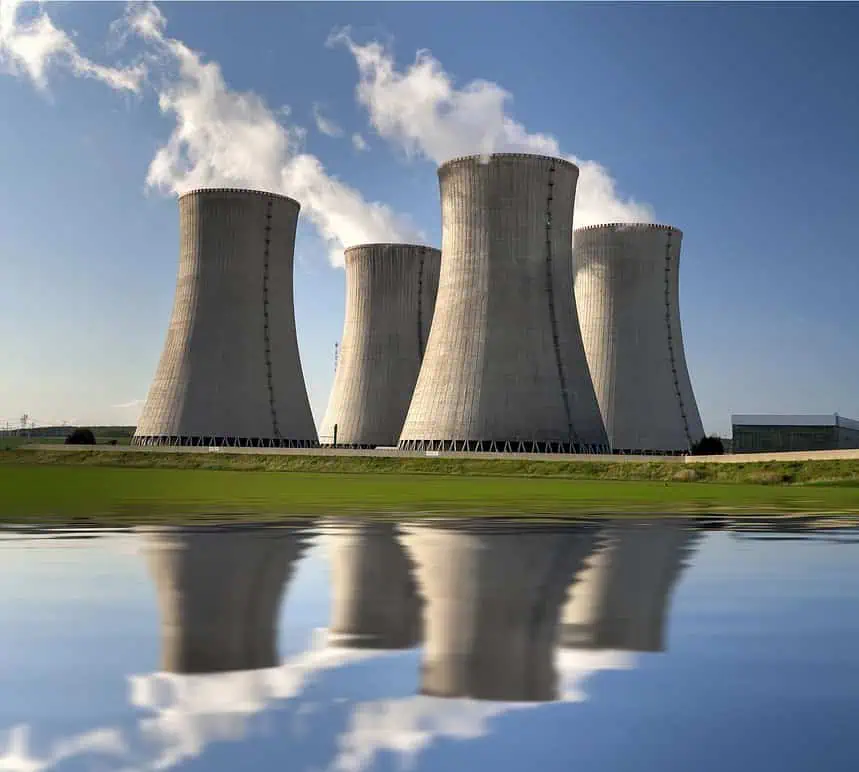The US Environmental Protection Agency (EPA) announced new rules on Thursday requiring fossil fuel-fired power plants to cut or capture 90% of their total C02 emissions by 2032.
EPA mandates 90% CO2 reduction by 2032
According to the press release, the EPA finalized four new rules to cut the power industry’s contribution to climate change and protect American communities from pollution. The EPA mandates existing coal-fired and new natural gas-fired power plants in the US to cut or capture 90% of their carbon emissions by 2032.
Coal plants planning to operate beyond 2039 must cut or capture 90% of C02 emissions by 2032. If a coal plant shuts down by 2039, the EPA will require it to capture carbon emissions but to a less rigid standard. The rule exempts coal plants planning to retire by 2032.
Remarkably, this new rule marks the first time the US government has restrained carbon emissions from the power industry. It is a crucial move, considering that coal accounted for about 16% of electricity consumption in the US last year.
The EPA recommends the employment of carbon capture and sequestration/storage (CCS) for the subjected power plants to cut 90% of their C02 emissions.
“The best system of emission reduction for the longest-running existing coal units and most heavily utilized new gas turbines is based on carbon capture and sequestration/storage (CCS) – an available and cost-reasonable emission control technology that can be applied directly to power plants and can reduce 90 percent of carbon dioxide emissions from the plants.”
EPA
Three more rules
The EPA announced three more final rules for coal-fired power plants, including the following:
- Tightening of the emissions standards for toxic metals by 67% and finalizing a 70% cut in the emissions standard for mercury from existing lignite-fired sources
- Reducing pollutants discharged through wastewater from coal-fired power plants by 660 million+ pounds annually
- Ensuring safe management of coal ash in areas that were unregulated at the federal level until now
“By developing these standards in a clear, transparent, inclusive manner, EPA is cutting pollution while ensuring that power companies can make smart investments and continue to deliver reliable electricity for all Americans.”
EPA administrator Michael S. Regan
Expected outcome
These new rules are expected to yield a 1.38 billion metric tons reduction of carbon pollution through 2047.
This figure equates to preventing 328 million gas-powered cars emissions per year. It is also equivalent to the annual emissions from the entire US electric power sector.
In addition, the EPA anticipates the new rules will result in up to $370 billion in climate and public health net benefits in the next two decades.
Notably, these new EPA rules under the Biden Administration’s goal of reaching net zero in the power sector by 2025.






